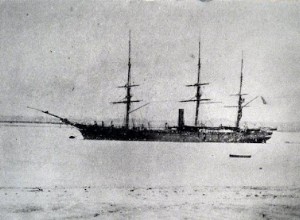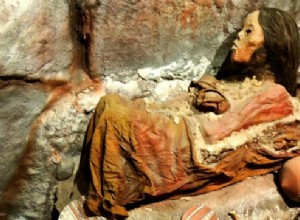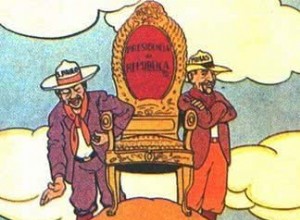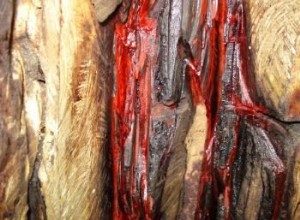He had carried out a remarkable action by breaking the blockade, by facing combat without detriment to the landing operations of his cargo and, above all, by successfully carrying out the second break of the blockade, says the historian Jorge Basadre. On March 17, 1880, the corvette Union, a Peruv




